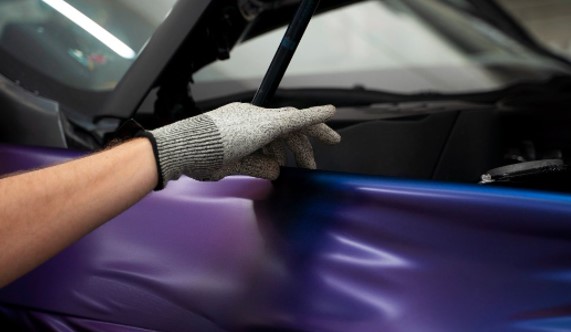How to use tire wear patterns to identify vehicle problems
You can learn a lot about your car from looking at your tires. Reading tread depth with a quarter or a penny is helpful for knowing when you have to change your tires. Likewise, learning what the numbers on the sidewall mean is a crucial part of car ownership, but there’s a lot more you can learn from your car’s tires to keep them well maintained.
Instead of looking at the side of your tire, you’ll want to check out the actual tread from the front or top of the tire. Obviously, this is a lot easier when the tire is off the car. Once you take a closer look at the tread wear, you can see if your car is out of balance, if your tire is under- or overinflated, if the suspension is worn out, or if your car is in need of an alignment.
This isn’t black magic, and you don’t have to go to school for it. All you have to do is look at pictures online from BFGoodrich and then match them to your tire. It couldn’t be easier. If you want, you could also visit this YouTube channel that outlines the different types of tire wear patterns and their causes.

Types of wear patterns
There are nine irregular wear patters that you should look out for on your tires: one-sided wear, shoulder step wear, erosion/river wear, depression wear (center, intermediate, and shoulder), diagonal wear, radial feather wear, and multiple flat spotting wear. We’ll cover some of the more common tire pattern wear types below for you to explore.
A lot of these wear patterns are caused by your tire alignment, which is made up of camber, toe, and caster. Camber is the inward or outward tilt of the tires as viewed from the front, which makes them look like leaning buildings. Toe is the side-to-side difference between the front tires, which makes them look like they’re bowed. Caster refers to the slope of the steering axis.
One-sided wear
This one is easy to spot. One side of your tire will be more worn out than the other. Pretty simple, right? If you find that your tire is suffering from one-sided wear on the outer edge, it means that your car’s positive camber, caster, or toe is out of whack. If it’s happening to the inside of the tire, you’ll have to get your car’s negative toe and camber checked.
Depression wear (Center/Intermediate/Shoulder)
Center depression wear refers to circumferential depression wear of the center tread rib on your tire. This can happen to your tires if they’re underinflated or if the car is overloaded. Checking your tire pressure is one way to fix the issue, though it could also be faulty shocks or loose wheel bearings.
Intermediate depression wear is when one or more interior ribs on the tire are lower than adjacent ribs. This can be caused by overinflating your car’s tires.
If you find that your tires have wear on the shoulder rib of the tire, you could be dealing with faulty shocks, loose wheel bearings, a balance issue, or lateral runout.

Diagonal wear
These look like rectangular patches of oblique wear across the tire. You might find them as a singular patch or as a repeating pattern around the tire. This can be caused by a litany of problems, including misalignment, tires that are severely out of balance, loose wheel bearings, or radial and lateral runout.
Radial feather wear
This wear pattern can make the tire look like a chisel with a slant. One end of the tire has a lot more tread left than the other side. This can be caused by excessive toe in or toe out.
Multiple flat spotting wear
If you look at your tire and find that it has multiple flat spots on it, you could be looking at a variety of sources for the problem, including faulty shocks, wheel bearings, balance issues, or mismatched pressures.
Other wear patterns
Other wear patterns like shoulder step wear and erosion/river wear mostly occur on radial tires in slow wearing operations. Erosion/river wear is likely to occur on free-rolling tires like the ones found on trailers.
Editors’ Recommendations







